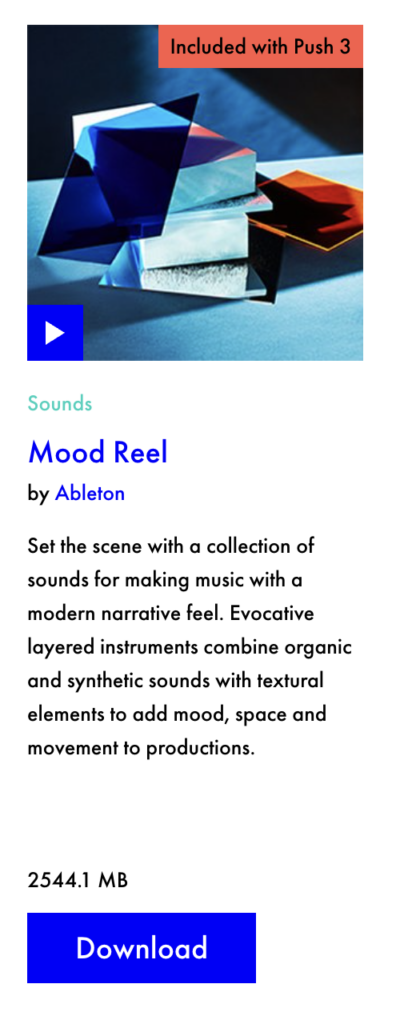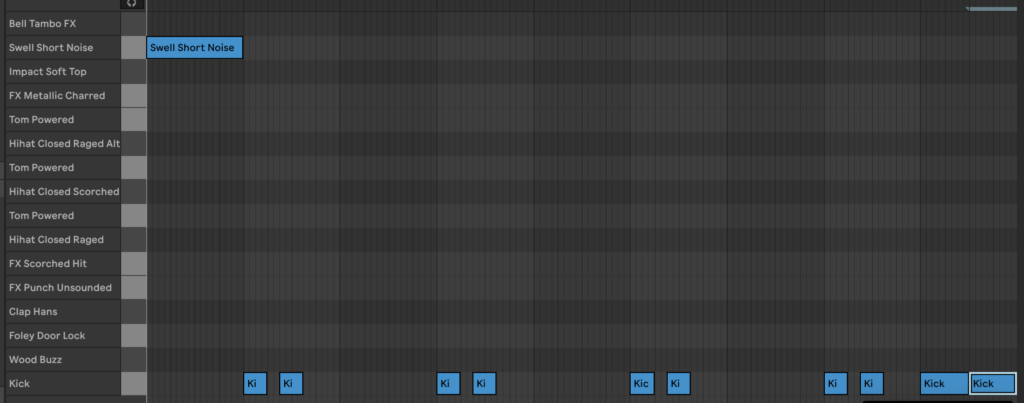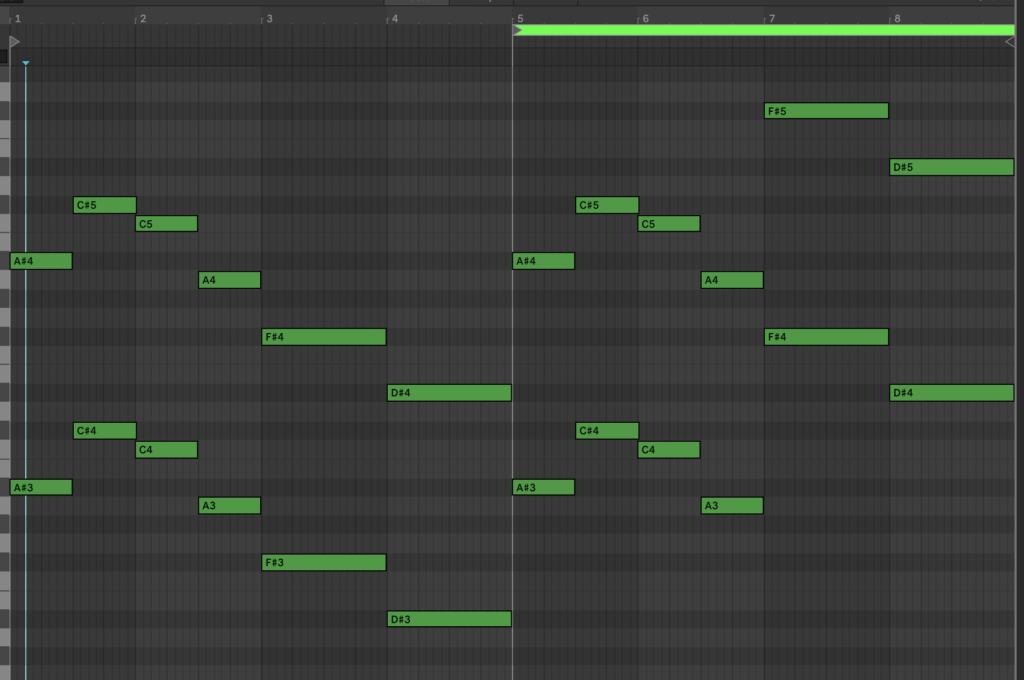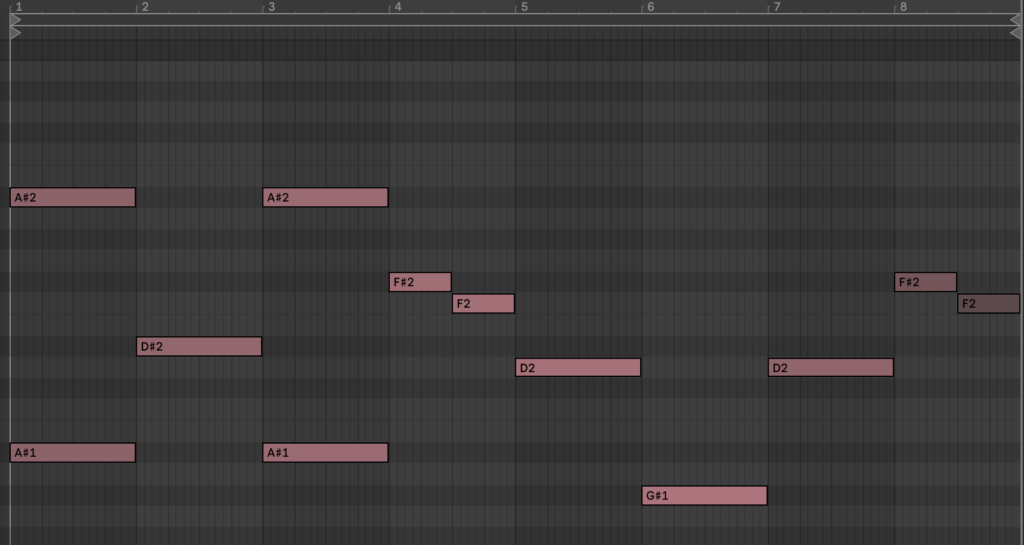Monday – Research into AI Tools to use
Tuesday – Read further chapter in the books
Wednesday – Purchase AI software tools
Thursday – Work on my own track + find appropriate Sound Packs on Ableton’s website
Friday– Work extensively on my own track again.
Monday 17/03/2025
I completed my evaluation of the tools and will purchase Landr later in the week as this will allow me 15 Months subscription which will also cover my first year at University, there some other tools I have evaluated but I aim to only purchase a 1 month subscription so I will purchase these later.
Tuesday 18/03/2025
I continued reading further chapters in the book especially around promotion and publishing my tracks.
Wednesday 19/03/2025
Today I purchased the necessary tools that I deemed were of a good value – particularly Landr after I went through my choices on Monday. I will soon see what this service is able to provide me with in real-time, but until that time arises, I will continue my independent studies and work until I have reached a level I am satisfied with.
Thursday 20/03/2025
Lewis is going to help me today in the afternoon on my track. I am uncertain on where to begin and keep experiencing roadblocks when I want to start, so his expertise will be able to guide me through this troublesome process – in the meantime, he has tasked me to look at the various packs available on Ableton’s website and see what I can come across, and if it will help my composition easier. The only issue I can see myself running into is there not being nearly enough free downloadable packs for my current version of Ableton, as most are locked behind ludicrous paywalls.

This is the one “Ambient” pack I downloaded, and I enjoy the description talking about narrative in it. I want to be able to express the narrative in my songs too, so I will be excited to try this pack out in Live.
Pawel has really helped me out with Groupings and given me a few pointers. I noted them down and re-learnt where the keys where on a keyboard: I’m going to use this knowledge to mess around and come up with some melodies using the Dark Grouping.

We have plugged in a MIDI keyboard to my laptop and now I will start using the packs that I was shown (in-program, I know how to download them now) and play around on the keyboard. Already, I feel as if I have found a bassline that I enjoy, but I will have to ask the tutors about it, as I feel that it is too lively for a track that really wants to utilise long, drawn out notes. I will record the small section and then work with other instruments in the meantime. The notes played are C, Eb, D, Db. This has been noted as too repetitive and might grow boring after a while of listening, so I took it upon myself to play some notes that wouldn’t get boring quick.

Here, I utilise Ab played on the first and second octave, followed by D# that gives the two initial notes a nice resolution to the way they have built up. I am using one of the many choir voices that can be accessed through the Packs in-app, specifically Voice Box. With the assistance of Drone Lab as well, I was able to find a lovely Organ that I played the same notes on too, stacking the tracks together which creates a powerful, mysterious sound. To further emphasise that, I decided to keep the notes fairly long for my BPM (116) and made sure to not rush anything. Thanks to the notes above that Pawel gave me, I was able to use a more ‘dark’ sounding grouping of notes after checking the keyboard, and I am satisfied with what has come out of this. I got assistance from Lewis on how to make the church organ sound detuned, in a way, and I was introduced to the Phaser-Flanger. With the right amount of tweaking, it adds a well-appreciated lift to the sound, especially with how the warmth creates a more defined floor for the notes to rest on. Partial Discord is also applied to both Choir and Organ tracks, to give it a more uneasy effect, as well as introduce a more cosmic element to the music- making it really sound like it is in Space thanks to. . . well, the Space knob.

Here is what I have so far. I will ask for ways to add more elements to my music in the meantime, and now that I know where the handy tools are, I can definitely work a little more on this in my free time.
Friday 21/03/2025
Today I have worked further on my track and decided to add some drums to the instrumentation to increase the ‘danger’ that my composition will impose. I went looking for a kit that could suit the needs of my project and I came across a warehouse kit with a drums plugin from the app, and I went through multiple iterations of a simple kick drum beat before I got a result I was happy with. After working on that, I decided to push most notes to the second bar and then use an ambient SFX that sounds mysterious, almost like a stinger from a horror film to start things off. This could be where the title fades in and the player can begin doing their inputs, but I have yet to record any footage of that yet.

Below are the effects I have added to my drums, but I only decided to add the time travel echo effect on the right side as it sounds far too echo-y when on both. I will have to listen to the track with headphones on, and determine if this is a good course of action. Ontop of this, I decided the Ping Pong echo was better, because stereo was far too complicated and mid/side sounded crowded with sound.


This is what my track looks like so far. I will determine what of it will be looped and where I can add new melodies, other instruments, and maybe any pauses.
Saturday 22/03/2025
A bout of inspiration struck me as I decided on what I could do to push my track to its limits. Firstly, I decided that before working on any more notes or taking further steps, I would label and colour-code my individual channels so I could be better organised when working on my song – this has proven to work really well for me, as this is now what my workspace looks like compared to an all-blue list with no arrangement was. (See above image for previous workspace.)
Here, I have properly labelled my instruments and whether or not they come through the left or right speaker, as I intend for this track to be in mono, like all industry-standard music of today. I decided on linking similar instruments up by colour too, so I know what groupings they belong to – I know that Ableton has a grouping feature, but I will have to ask college tutors about that, as they know this program a lot more than I do.

For the actual additions to the song, I have decided to structure it in a way that each instrument has its own time to showcase what it is playing. This means that each part of the song will have a prominent instrument, whether it be the bass, choir, or organ that I have arranged: every one will get their turn.

I wanted to stay primarily within the range of keys that I was already using (which would be the Dark Grouping that Pawel taught me about, using flats and only a few white keys) to stay somewhat consistent with the changes in the track, and make sure it reads properly. Thankfully, I have listened to the track multiple times, and after going through many gradual changes, I enjoy it.
The bass is nothing particularly special, being a deconstructed version of the chords where I played the notes four times over so that it still had a unique touch to it – and it backs the song really well, delving into the repetitive bass elements that Metroid loves to do, especially with Super Metroid’s “Incoming Enemy” track.
As for the L/R Choirs, I decided that a grand chorus that was a very good idea, but had no idea how to land the theme that I wanted, which was all about a “grand mastermind” villain, and I knew that one of the ways I could do this was by bumping up the octaves. So by using shift+up arrow, I shifted my chords by 2-3 octaves and then played around with it – the ones that gave me the most trouble were the resolving notes after playing the highest in F#, but trial and error (with a lot of looping of a couple bars) helped me realise I could resolve the chord on a D#, which actually would help me for when I want to add more sections to my song. I only think that I want this chorus to play twice throughout the song though, to avoid repetitiveness like my last year project, and so I must be sparing in where I place it.


Here is the third WIP for my track. It currently reaches 2:00 long, but this format is in MP3 as the site can’t accept the wav file.
I had no proper idea on how to add another verse section without using the same chords and just repeating the same notes over and over (much like how I did with the bass), but after more trial and error, I found that I could use the chorus section and rework it into a more ‘buildup’ segment. I have no way to properly describe this but I came up with something – and I made sure to change up the drums by pushing them ahead by one singular bar. Because of this, the same pattern sounds even better with the new notes.

Sunday 23/03/2025
The original Title Theme is approximately 2:40 in length, so I want to match that. The only difference is, I don’t want mine to be loopable – I want it to have a natural ending, and so this is where I learnt the Samus Aran Appearance Fanfare notes by looking up a YouTube synthesia arrangement, and copied it down to play on my own track. The only problem that I encountered was actually finding the video once more to link down, and will look for it again – and that there was no real way to work the chords into the fanfare at the end. I realised that the entire track, I had been using the Dark Grouping I was taught, but I also was shown one that invokes hope, so I turned the track on its head. By cutting off the other tracks and having a completely choir-focused segment, I could build up that heroic feeling and also bump it up a few octaves so I could have a more hopeful element to it. I would work the track closer to the notes used in the fanfare, and I ended up with something good in the end.

Updated Weekly Project Reflection
| Week | Original Plan | What Actually Happened | Why I Changed My Plan / What I Learned |
| 5 | Analyse my track, research AI tools, and begin creating tracks. | Purchased AI tools and did initial research but didn’t start creating with AI yet. | Learned it takes longer than expected to set up and fully understand new tools before actually using them. |